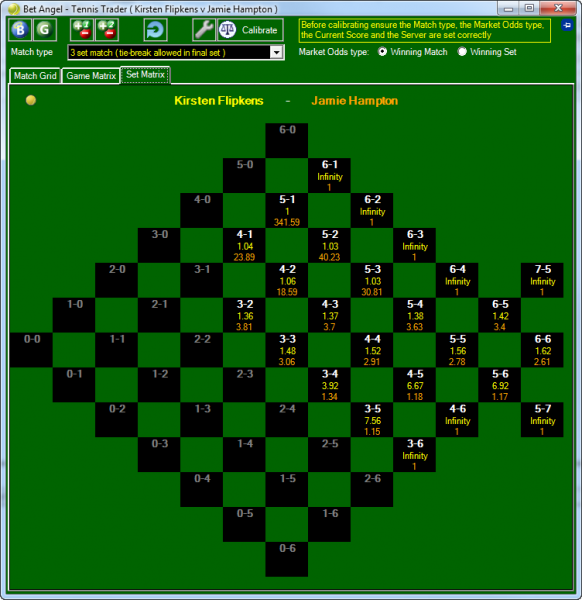Using stats to generate entry points in Tennis
Something that is frequently discussed on social media is a player’s ability at the start of the set, or at the end of the set. This tends to be an imperfect subjective judgement which may or may not have sound statistical merit, but typically this doesn’t concern the average Twitter user!
It is possible using point by point data to look at start and end of set statistics, and to work out both whether there are different dynamics during these periods, and also whether some players are stronger or weaker than others. To clarify the start and end of set periods further, I took the start of the set to be the opening two service and return games for each player (so up to 2-2, 3-1 or 4-0) whilst the end of the set is any game after at least one player has reached four games in the set.
When is a player more likely to get broken?
Looking at the top 100 men, on average they held serve 77.6% of the time across all surfaces from January 2014 to January 2015. However, they held serve 78.9% of the time in early games in the match, and this was consistent at 78.9% in late games. With both areas above the tour mean, this immediately would indicate that it is the games around the middle of the set (for example *2-3) where a player is vulnerable to get broken.
Assessing the individual player statistics, using players with at least 20 main draw matches in the 2014-2015 season, there was only a maximum 6.34% deviation from a player’s mean hold percentage in early games of the set. This is pretty interesting, as it shows that players aren’t hugely better or worse at this stage.
The best three players (compared to mean hold percentage) in early games of a set were as follows:-
- Mikhail Kukushkin +6.34%
- Alejandro Falla +5.80%
- Matt Ebden +4.67%
The worst three players (compared to mean hold percentage) in early games of a set were as follows:-
- Andrey Golubev -5.82%
- Jarkko Nieminen -5.68%
- Marinko Matosevic -5.17%
Interestingly, Kukushkin was also the leader for breaking opponents early in sets compared to his overall break mean percentage, so it is clear that the Kazakh is very strong early in sets, and this type of information is clearly very useful for trading.
The deviation in late games in the set was a little more stark, with 9.47% deviation the maximum figure. Looking at this compared to the deviation in early games in the set, it would appear that pressure in late games of the set affected certain players more than in early games.
The best three players (compared to mean hold percentage) in late games of a set were as follows:-
- Alejandro Gonzalez +7.42%
- Joao Sousa +6.82%
- Victor Hanescu +6.14%
The worst three players (compared to mean hold percentage) in late games of a set were as follows:-
- Radek Stepanek -9.47%
- Mikhail Kukushkin -5.53%
- Albert Ramos -4.50%
Radek Stepanek’s service stats in late games of the set were atrocious and it could well be that his ageing legs are not helping him in the latter stages. The strong front-runner, Kukushkin, had much more issues late in the set and a ‘full-reverse’ strategy on his matches could be considered.
Hopefully this gives you some ideas of trading angles in tennis and how statistics can throw up some nice entry points into the market.
![]()
Category: Tennis, Trading strategies






